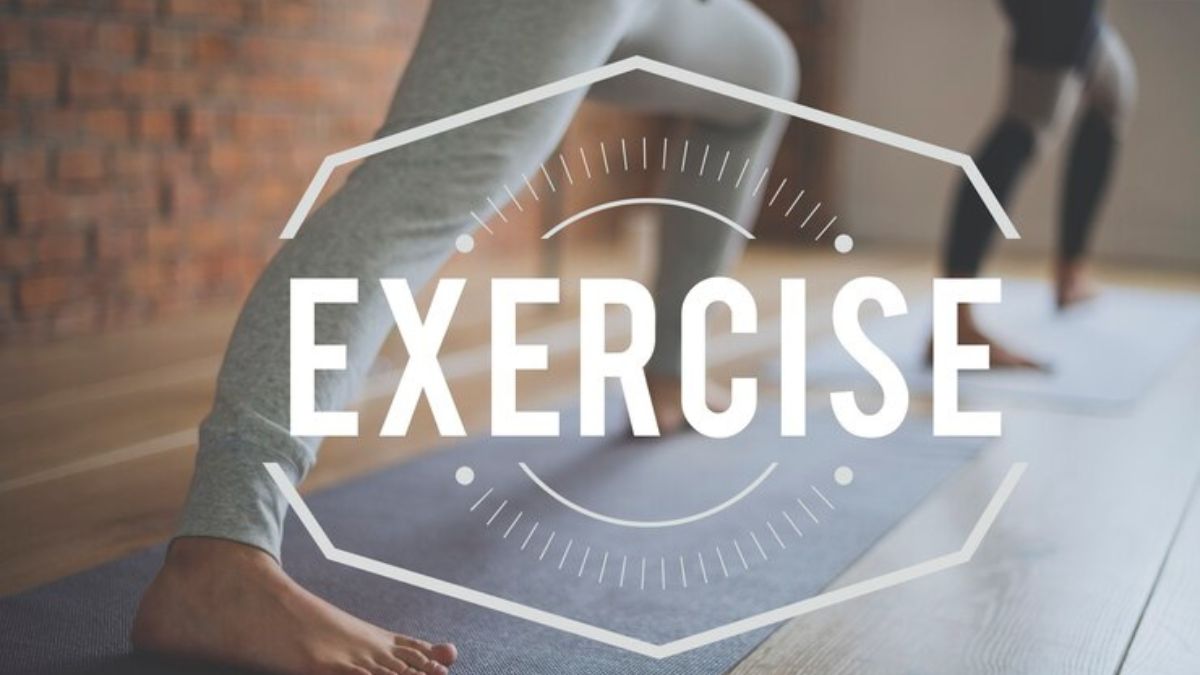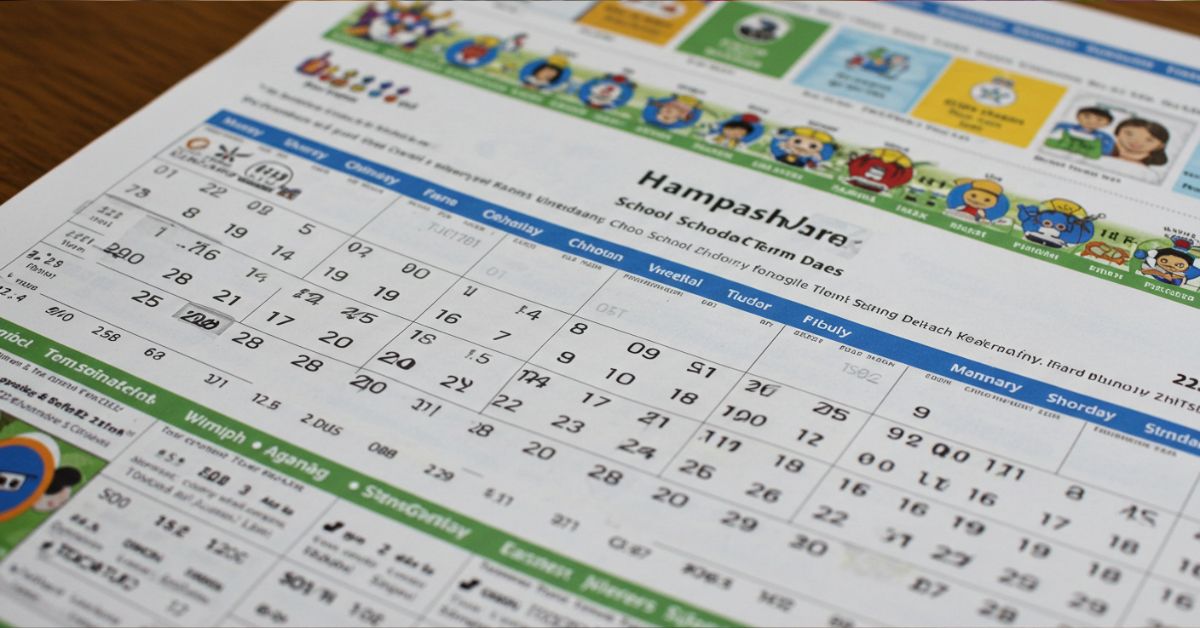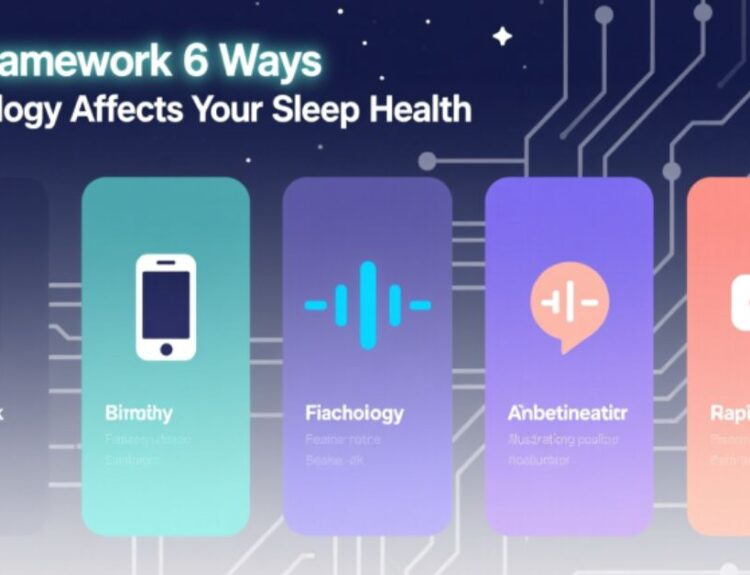When it comes to personal well-being and health, setting fitness goals is an essential part of the journey. Whether you’re aiming for weight loss, muscle gain, or improved endurance, having a clear fitness goal in mind helps keep you motivated, focused, and consistent. But how do you make sure you set goals that are both achievable and effective? In this article, we’ll dive into the importance of fitness goals, the best strategies for setting them, and practical ways to track progress.
Why Setting Fitness Goals Matters
Setting fitness goals provides a roadmap to success. Without them, you might find yourself wandering aimlessly, unsure of what direction to take. Here’s why setting fitness goals is essential:
Clarity and Focus: Fitness goals give you a clear sense of direction. Instead of exercising just to “get fit,” you know exactly what you’re working towards, whether it’s losing 10 pounds, running a 5K, or increasing your bench press.
Motivation: When goals are in place, there’s a reason to get out of bed and hit the gym. Each session is a step towards reaching that ultimate goal, and seeing your progress boosts motivation.
Trackable Progress: Having clear goals allows you to measure how far you’ve come. Tracking your results makes it easier to assess what’s working and what needs to change.
Improved Results: Studies show that people who set specific, measurable goals see better fitness results than those who don’t. This is because goal setting helps you maintain focus, commitment, and consistency.
Mental Health Benefits: Achieving fitness goals boosts self-esteem and confidence. When you make progress, you not only get stronger physically but mentally as well.
Types of Fitness Goals You Can Set
Fitness goals vary depending on individual needs and preferences. Here’s a breakdown of different types of fitness goals and how to approach them:
Weight Loss Goals
If you’re looking to shed a few pounds, setting realistic weight loss goals is key. Instead of targeting extreme goals like “I want to lose 50 pounds in 2 months,” aim for smaller, achievable targets like “I want to lose 1-2 pounds a week.”
Strategy: Combine a healthy diet with consistent exercise to achieve gradual weight loss. Focus on cardio exercises, such as running, cycling, or swimming, and strength training to maintain lean muscle.
Muscle Gain and Strength Goals
If building muscle or increasing strength is your objective, your focus will be on resistance training and proper nutrition. It’s crucial to set progressive goals, such as increasing your squat weight by 10 pounds in a month.
Strategy: Progressive overload is vital in strength training. Gradually increase the weight you lift to ensure muscle growth over time. Don’t forget recovery—rest and sleep play a crucial role in muscle development.
Endurance and Stamina Goals
Endurance goals are common for those aiming to improve cardiovascular health, run long distances, or complete obstacle courses. A popular goal might be running a 5K or increasing your cycling mileage.
Strategy: Focus on steady-state cardio and gradually increase your workout duration or intensity. Incorporating interval training can also help improve both speed and endurance.
Flexibility and Mobility Goals
If flexibility is your target, setting goals like touching your toes, achieving a full split, or increasing shoulder mobility can keep you engaged. Flexibility goals are usually focused on improvement over time.
Strategy: Consistent stretching and yoga practices are essential. Dynamic stretching before workouts and static stretching afterward can help improve flexibility.
Lifestyle Fitness Goals
Some fitness goals don’t necessarily involve specific milestones but focus on creating healthy habits, like exercising 3 times a week or prioritizing overall wellness.
Strategy: Lifestyle fitness goals are about consistency. Build a habit around exercising regularly, improving sleep quality, eating better, and managing stress.
Setting SMART Fitness Goals
A common mistake people make when setting fitness goals is being vague. Goals like “get fit” or “lose weight” aren’t specific enough to lead to success. To make your fitness goals more effective, use the SMART framework:
- S – Specific: Define your goal clearly. Instead of “I want to get stronger,” say, “I want to increase my deadlift by 20 pounds in 3 months.”
- M – Measurable: Ensure your goal has a metric. Trackable progress is key. For instance, measure your running distance or time.
- A – Achievable: Make sure your goal is realistic. Setting a target that’s too challenging can lead to frustration. Start with achievable goals and work up to more challenging ones.
- R – Relevant: Ensure the goal aligns with your overall fitness ambitions. For example, a goal to increase flexibility may be more relevant for someone training in yoga.
- T – Time-bound: Assign a timeline to your goal. A deadline helps you stay motivated. Example: “I want to run a 5K in under 30 minutes by June.”
Best Strategies to Achieve Your Fitness Goals
Reaching fitness goals takes a combination of effort, planning, and consistency. Here are some strategies to help you succeed:
Track Your Progress Regularly
Tracking progress is essential for staying on course. Whether through a fitness app or a written journal, logging workouts, meals, and other relevant data allows you to reflect on what’s working and adjust what isn’t.
Tip: Take progress photos, measurements, and use fitness trackers to record key metrics such as heart rate or calories burned.
Mix Up Your Workouts
Don’t fall into a fitness rut. Changing up your workouts ensures that you continue to challenge your body and avoid plateaus. Include variety by alternating between cardio, strength training, and flexibility exercises.
Prioritize Recovery
Rest days are just as important as workout days. Overtraining can lead to burnout and injuries. Focus on adequate sleep, stretching, foam rolling, and proper nutrition to promote muscle recovery.
Focus on Nutrition
Nutrition fuels your body for workouts and recovery. If you’re trying to lose weight, maintain a calorie deficit. If you’re building muscle, ensure you’re consuming enough protein to repair and grow muscle fibers.
Tip: Consult a nutritionist for personalized diet advice based on your fitness goals.
Stay Consistent and Patient
Fitness goals take time. While progress may seem slow, consistency is key. Don’t be discouraged if results take longer than expected. Celebrate small victories along the way to stay motivated.
Find Support
Whether it’s a workout buddy, an online community, or a personal trainer, having someone to hold you accountable can improve your chances of success. Support can also provide motivation when you’re feeling discouraged.
Common Obstacles to Achieving Fitness Goals
While fitness goals can help guide you towards success, there are obstacles that may hinder progress. Recognizing and overcoming these barriers is crucial for long-term success:
- Lack of Time: Busy schedules can make it challenging to stick to a workout plan. Finding time by prioritizing fitness or incorporating short, high-intensity workouts can help.
- Injuries: Injuries can disrupt your fitness journey, but they also present opportunities for learning. Focus on rehabilitation, seek professional help, and adjust your goals to work within your limitations.
- Motivational Slumps: Everyone experiences a dip in motivation from time to time. During this phase, it’s helpful to revisit your goals, track progress, and lean on support systems to reignite your motivation.
Comparison Chart: Different Fitness Goals and Approaches
| Fitness Goal | Best Types of Exercises | Recommended Frequency | Diet Tips |
| Weight Loss | Cardio, HIIT, Resistance Training | 3-5 times a week | Create a calorie deficit, eat whole foods |
| Muscle Gain | Strength Training, Powerlifting, Bodybuilding | 4-5 times a week | Consume enough protein and calories |
| Endurance and Stamina | Long-distance running, cycling, swimming | 4-6 times a week | Carbohydrates for fuel, hydration |
| Flexibility & Mobility | Yoga, Pilates, Static Stretching | Daily or 3-4 times a week | Focus on hydration and anti-inflammatory foods |
| Lifestyle Fitness | Any form of exercise you enjoy (mix of strength and cardio) | 3-4 times a week | Balance macronutrients, eat for energy |
Conclusion
Fitness goals are integral to achieving lasting health and wellness. They provide focus, trackable progress, and the motivation necessary to push forward on your fitness journey. Whether your goals are related to weight loss, muscle gain, endurance, or flexibility, following the SMART framework and employing the strategies mentioned can ensure you reach your milestones successfully.
As you embark on setting and achieving your fitness goals, remember that progress isn’t always linear. Stay patient, be consistent, and always celebrate your small victories along the way. With the right plan in place, you’re well on your way to achieving the fitness results you desire.







